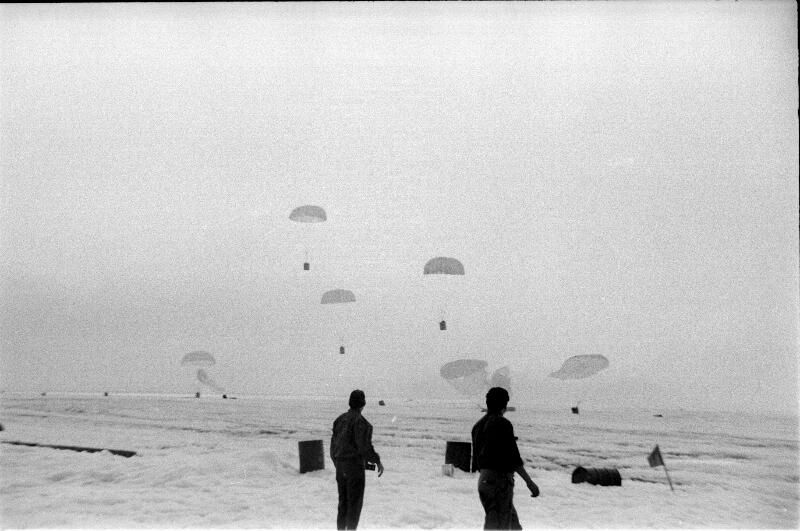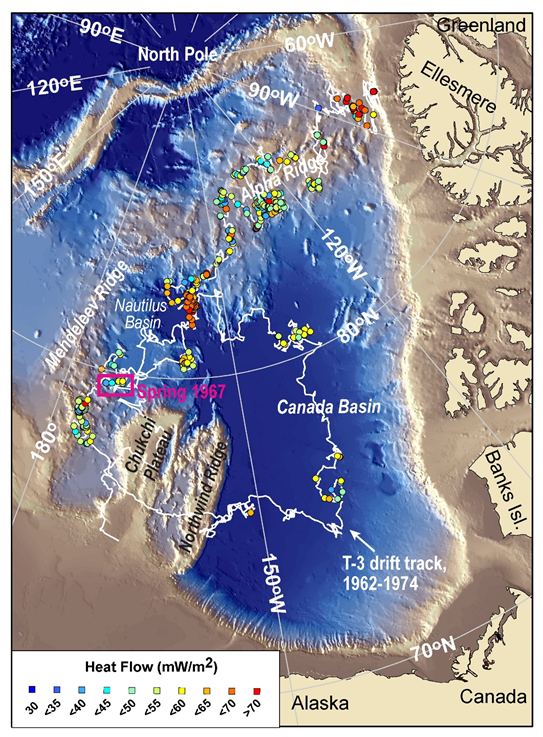Measurements collected on Fletcher's Ice Island, a scientific drift station in the western Arctic Ocean, half a century ago were published for the first time this summer. The study released 10 July in the Journal of Geophysical Research: Solid Earth, is the first in-depth look at marine heat flow measurements of the western Arctic Ocean.





